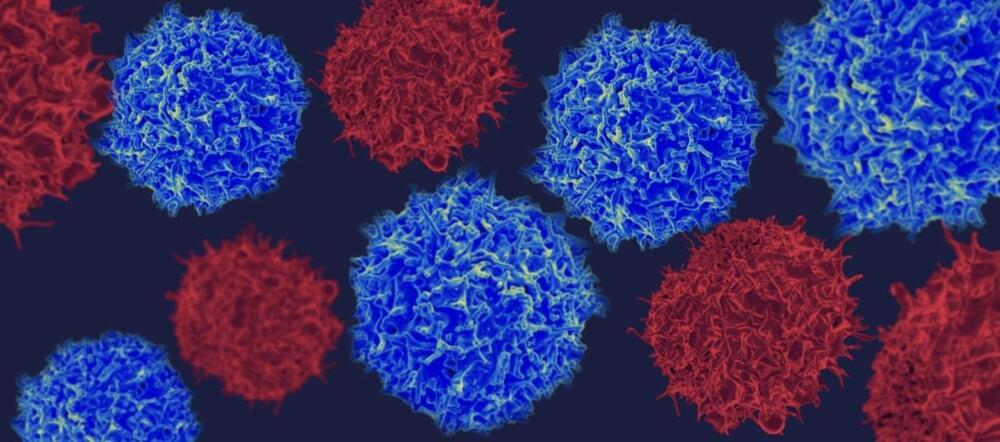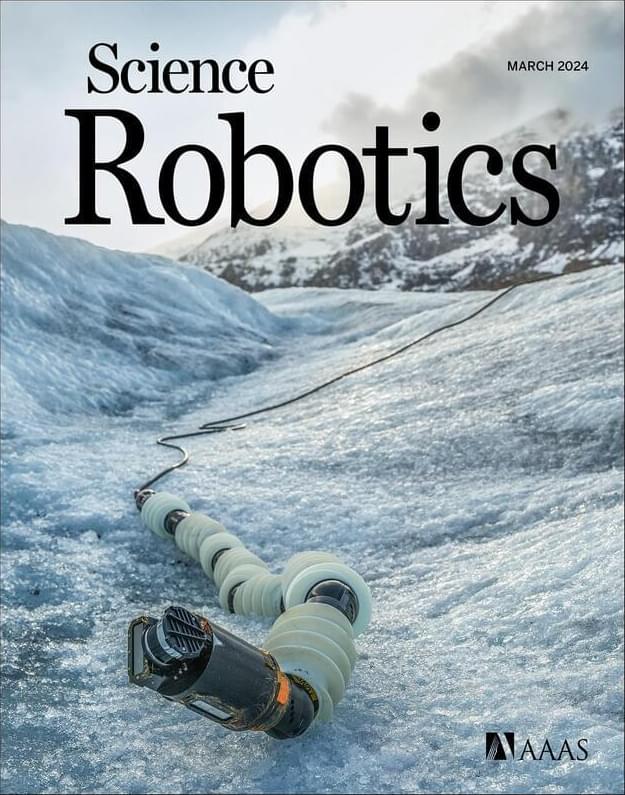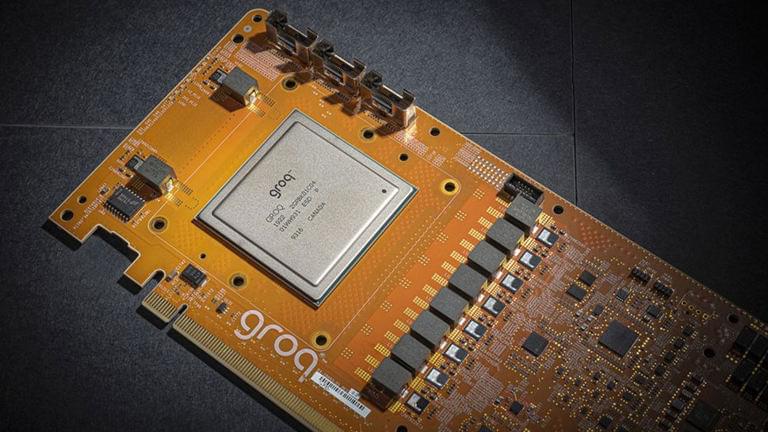Researchers pioneer MTF-engineering framework, leveraging meta-optics and AI for thinner, lighter, and higher-quality infrared imaging.



The manufacturing process for personalized T-cell therapies hardly begins before it stalls. Why? Right at the start, there is a severe bottleneck: the need to identify patient-derived, tumor-reactive T-cell receptors (TCRs).
To overcome this bottleneck, scientists at the German Cancer Research Center (DKFZ) and the University Medical Center Mannheim have developed predicTCR, a machine learning classifier. According to the scientists, it can identify individual tumor-reactive tumor-infiltrating lymphocyte (TILs) in an antigen-agnostic manner based on single-TIL RNA sequencing.
The scientists also assert that prediTCR can halve the time it takes to get past the bottleneck, helping to reduce the overall time needed to make a personalized T-cell therapy for cancer patients. Since the overall time is at least six months, any reduction in the time needed to complete any manufacturing step is welcome.



Researchers at the National University of Singapore (NUS) have developed an innovative method for creating carbon-based quantum materials atom by atom. This method combines the use of scanning probe microscopy with advanced deep neural networks. The achievement underlines the capabilities of artificial intelligence (AI) in manipulating materials at the sub-angstrom level, offering significant advantages for basic science and potential future uses.
Open-shell magnetic nanographenes represent a technologically appealing class of new carbon-based quantum materials, which host robust π-spin centers and non-trivial collective quantum magnetism. These properties are crucial for developing high-speed electronic devices at the molecular level and creating quantum bits, the building blocks of quantum computers.
Despite significant advancements in the synthesis of these materials through on-surface synthesis, a type of solid-phase chemical reaction, achieving precise fabrication and tailoring of the properties of these quantum materials at the atomic level has remained a challenge.



India is walking back on a recent AI advisory after receiving criticism from many local and global entrepreneurs and investors.
The Ministry of Electronics and IT shared an updated AI advisory with industry stakeholders on Friday that no longer asked them to take the government approval before launching or deploying an AI model to users in the South Asian market.
Under the revised guidelines, firms are instead advised to label under-tested and unreliable AI models to inform users of their potential fallibility or unreliability.
Mercedes-Benz has officially employed humanoid robots to complete manual tasks on its assembly line. Apptronik’s Apollo robot will complete simple tasks like fetching and carrying, helping lighten the load for its human colleagues.
Announced on Friday, March 15, the robots will also be employed to complete other “low skill” tasks like basic assembly. This will free up human workers to focus on more important tasks and reduce the risk of repetitive strain injuries and other health and safety issues related to manual tasks.